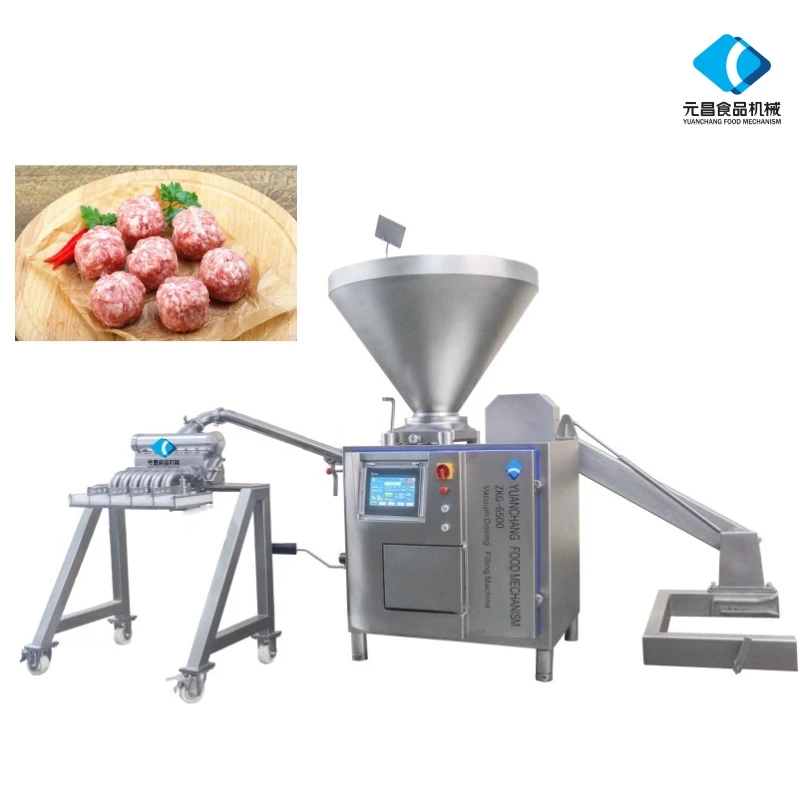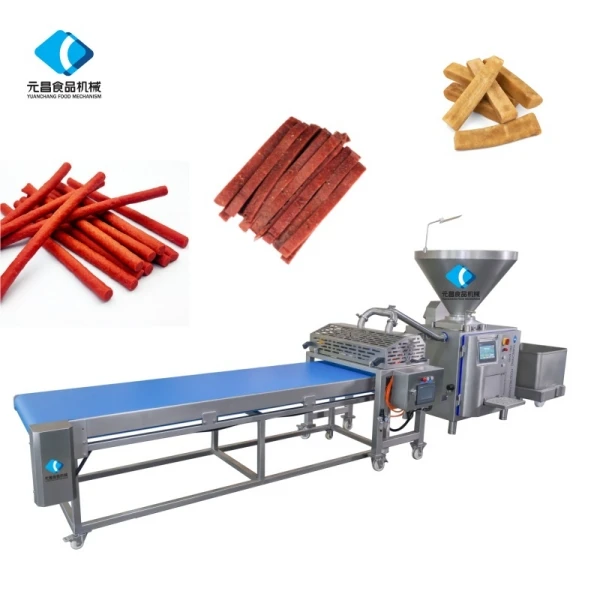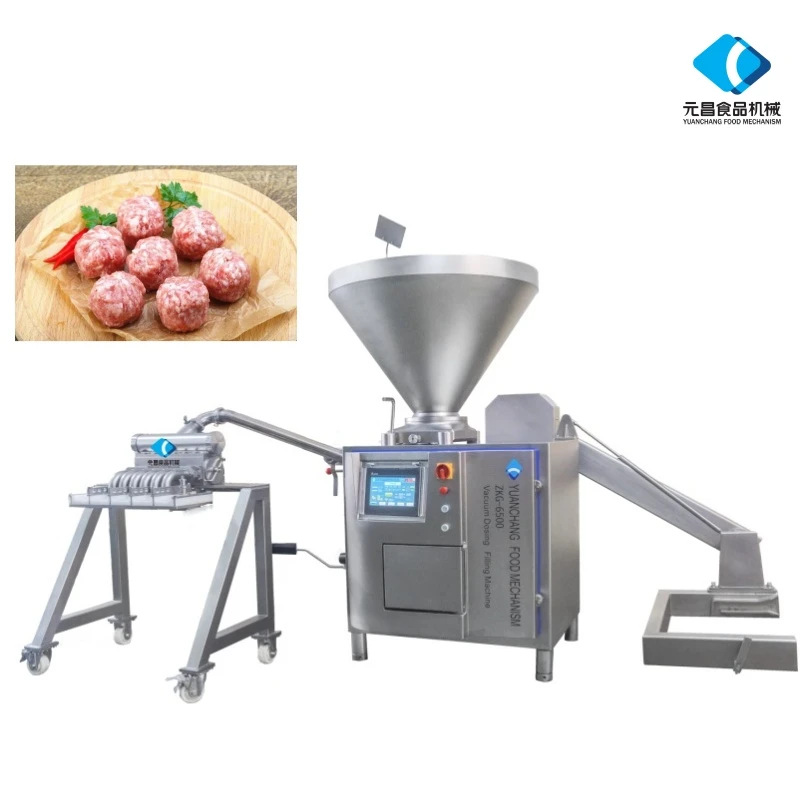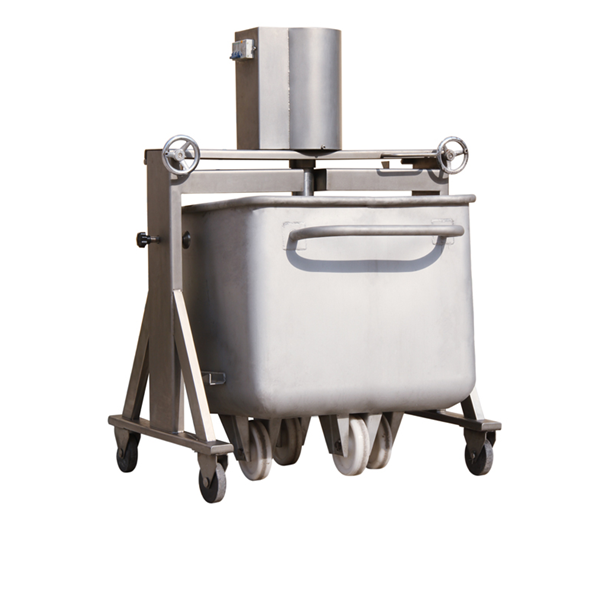- Afrikaans
- Albanian
- Amharic
- Arabic
- Armenian
- Azerbaijani
- Basque
- Belarusian
- Bengali
- Bosnian
- Bulgarian
- Catalan
- Cebuano
- chinese_simplified
- chinese_traditional
- Corsican
- Croatian
- Czech
- Danish
- Dutch
- English
- Esperanto
- Estonian
- Finnish
- French
- Frisian
- Galician
- Georgian
- German
- Greek
- Gujarati
- haitian_creole
- hausa
- hawaiian
- Hebrew
- Hindi
- Miao
- Hungarian
- Icelandic
- igbo
- Indonesian
- irish
- Italian
- Japanese
- Javanese
- Kannada
- kazakh
- Khmer
- Rwandese
- Korean
- Kurdish
- Kyrgyz
- Lao
- Latin
- Latvian
- Lithuanian
- Luxembourgish
- Macedonian
- Malgashi
- Malay
- Malayalam
- Maltese
- Maori
- Marathi
- Mongolian
- Myanmar
- Nepali
- Norwegian
- Norwegian
- Occitan
- Pashto
- Persian
- Polish
- Portuguese
- Punjabi
- Romanian
- Russian
- Samoan
- scottish-gaelic
- Serbian
- Sesotho
- Shona
- Sindhi
- Sinhala
- Slovak
- Slovenian
- Somali
- Spanish
- Sundanese
- Swahili
- Swedish
- Tagalog
- Tajik
- Tamil
- Tatar
- Telugu
- Thai
- Turkish
- Turkmen
- Ukrainian
- Urdu
- Uighur
- Uzbek
- Vietnamese
- Welsh
- Bantu
- Yiddish
- Yoruba
- Zulu
Ground Fresh Meat for Flavorful Homemade Dishes
Fresh Meat for the Grinder A Culinary Exploration
In the world of culinary arts, few things evoke the same sense of excitement and passion as working with fresh meat. From the moment a piece of meat is harvested, it embodies potential—each cut holds the promise of flavor, texture, and nourishment. At the heart of many favorite dishes lies fresh meat that has been expertly ground, transformed into something entirely new and delicious. This article delves into the importance of fresh meat for grinders, the types available, their uses, and tips for achieving the best results in your kitchen.
The Importance of Fresh Meat
Using fresh meat is crucial for several reasons. First and foremost, freshness directly impacts flavor and texture. Meat that hasn’t been sitting in a freezer for an extended period maintains its natural juices and rich taste, resulting in a superior eating experience. When ground to perfection, fresh meat can create the foundation for various dishes, from classic hamburgers to savory meatballs.
Moreover, freshness is vital for health and safety. Fresh meat is less likely to harbor harmful bacteria, which can proliferate when meat is stored for extended periods. By choosing fresh cuts and grinding them yourself, chefs and home cooks can better control the quality of the meat they serve. This practice not only elevates the dishes but also provides peace of mind regarding food safety.
Types of Meat for Grinding
When it comes to fresh meat for the grinder, there are several choices. Beef is perhaps the most popular option, available in various cuts such as chuck, sirloin, and brisket. Each cut offers a different balance of fat and meat, allowing for customization based on personal preferences. For instance, chuck is commonly used for ground beef due to its ideal fat content, which results in juicy, flavorful burgers.
Pork is another excellent choice for grinding. Cuts like pork shoulder or belly yield a rich, savory flavor, perfect for making sausages or meatballs. Chicken and turkey are also increasingly popular options, providing leaner alternatives that can be seasoned and shaped into patties, meatballs, or fillings for various dishes.
Not to be overlooked, lamb and game meats (such as venison) add unique flavors and textures to ground dishes. Using fresh lamb can produce flavorful kebabs, while ground game meat can create extraordinary chili or pasta sauces.
fresh meat for the grinder

Tips for Grinding Fresh Meat
To achieve the best results when grinding fresh meat, there are a few essential tips to keep in mind
1. Chill the Meat Before grinding, make sure the meat is chilled. Cold meat grinds better and reduces the chances of developing a slimy texture. Place the meat in the freezer for about 30 minutes before grinding.
2. Choose the Right Cut Select cuts that suit your desired flavor and fat content. A blend of different meats can also yield great results, offering a depth of flavor and enhanced juiciness.
3. Use Quality Equipment Whether using a manual grinder or an electric one, ensure your equipment is clean and well-maintained. A sharp blade will help achieve uniform texture.
4. Season Generously Before shaping your ground meat into patties, meatballs, or sausages, season it thoroughly. Fresh herbs, spices, and aromatics like garlic or onions can elevate the flavor profile of your dish.
5. Experiment Don’t be afraid to get creative with your grinding! Mix different types of meat, incorporate cheeses or vegetables, and try out various spices to discover new flavor combinations.
Conclusion
Fresh meat for the grinder is not just an ingredient; it’s an invitation to explore culinary artistry. By selecting quality cuts and approaching the grinding process with care, home cooks and professional chefs alike can create dishes that are not only delicious but also infused with character. The joy of grinding fresh meat lies in both the process and the delectable results that follow. So, next time you find yourself in the kitchen, consider the myriad possibilities that await you with fresh meat at your disposal.
-
Vacuum Bowl Cutter ZKZB-125: Food Processing Machine&304 Stainless SteelNewsAug.15,2025
-
Vacuum Bowl Cutter ZKZB-125 - Hebei Yuanchang | Meat Processing, Pet FoodNewsAug.15,2025
-
Precision Sausage Cutting Machine | Efficient Slicer for FoodNewsAug.15,2025
-
Vacuum Bowl Cutter ZKZB-125 - Hebei Yuanchang Food Mechanism & Technology Co., Ltd.NewsAug.15,2025
-
Vacuum Bowl Cutter ZKZB-125 | Hebei Yuanchang: Meat & Pet Food ProcessingNewsAug.15,2025
-
Vacuum Bowl Cutter ZKZB-125-Hebei Yuanchang Food Mechanism & Technology Co., Ltd.|Food Processing Technology,Vacuum ProcessingNewsAug.14,2025










